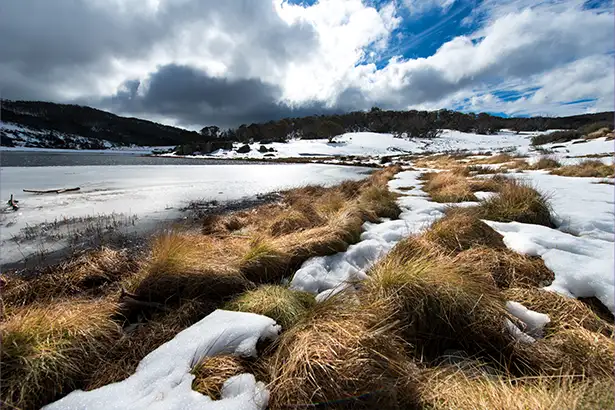All about the Latest Polar Air Mass: Is this Common for Australia?

Australia is known for its golden beaches, scorching sun, and desert outback. However, it has recently made headlines for a polar air mass that has led to cold temperatures across the south. This recent cold weather left many Australians in the southern parts of the country, reaching for their winter woollies.
People all across the southeast braced for the dip in temperatures. In many locations throughout the region, people had to put on their thickest winter coats before braving the chilly weather. Those without heat had to rely on fires and heavy blankets to stay warm during the peak of the cold snap. Farmers especially had to protect their crops from the approaching bitter cold.
A combination of prevailing wind patterns and atmospheric disturbances brought the recent polar air mass to Australia. When it passed the Southern Ocean, it kicked up strong winds, which brought gale-force winds to the region and dumped snow on the higher elevations in Tasmania, Victoria, and New South Wales.
Polar air masses are large bodies of air that have characteristics of Arctic or Antarctic air masses. These air masses form over the icy regions of the Arctic and Antarctic. When these air masses move away from their origin near the frigid poles, they can bring extreme cold to the regions they hit.
Earlier in August, a similar cold weather system moved in Western Australia, bringing temperatures down to the single digits in coastal areas. Perth saw temperatures dropping to around 4 degrees Celsius. High elevations in Sterling Ridge, including Bluff Knoll, the region’s highest peak at 1099 metres, experienced snowfall. Snow only falls a few times a year on the Sterling Ridge, giving passers-by a beautiful winter wonderland view.
While Australia is no stranger to cold spells during the winter, particularly in the southern states like Victoria and Tasmania, this year’s been particularly cold. Historically, every few years, Australia experiences colder than average temperatures because of similar waves of polar air.
New South Wales, particularly Charlotte’s Pass, has experienced the coldest temperatures in the country. Meteorologists measured these historic lows to be around -23 degrees Celsius. The lowest temperatures ever recorded in Tasmania was -14, Victoria at almost -12, and Queensland at -10.6. Western Australia’s lowest temperature was -7.2 C in 2008, recorded in the Eyre Bird Observatory.
Snow is incredibly rare in Australia’s major cities. Melbourne has only gotten snow a few times in the last century. In 2020, light snow fell across the city’s suburbs and covered the region’s ski resorts in thick powder.
Australia’s capital, Canberra, gets frost and occasional light snow every year. In the capital’s surrounding mountains, snowfall is common and attracts visitors from all over the country to experience its cosy winter conditions.
This year, there have been several cold spells brought on by polar air masses. As winter approaches its end, Australians living in the southern regions are either looking forward to the warm weather, or dreading the end to the year’s ski and snowboard season.







Have your say